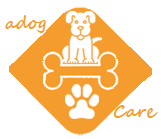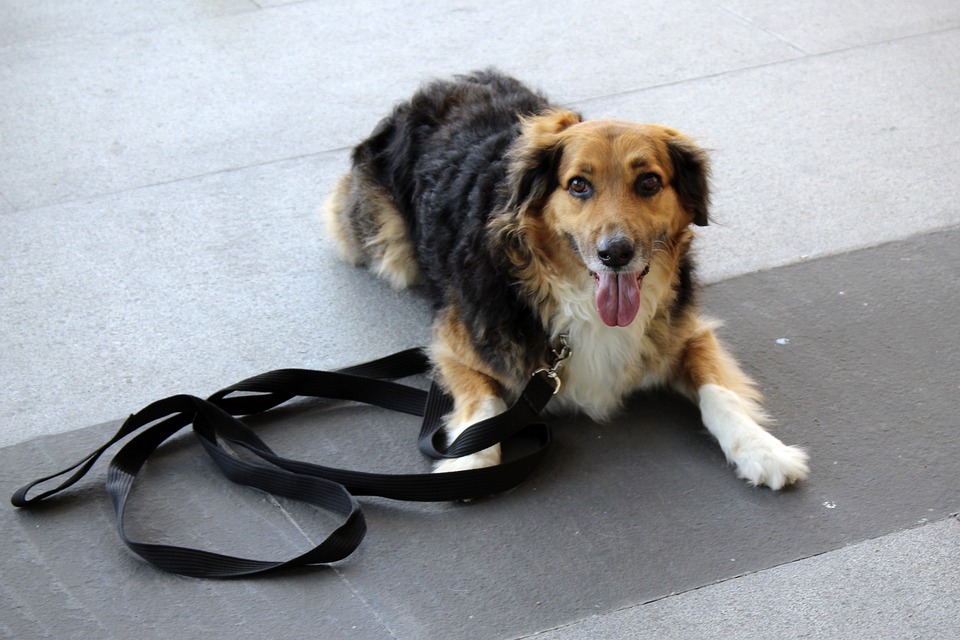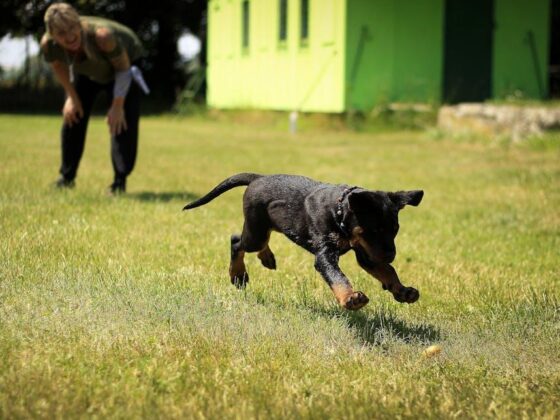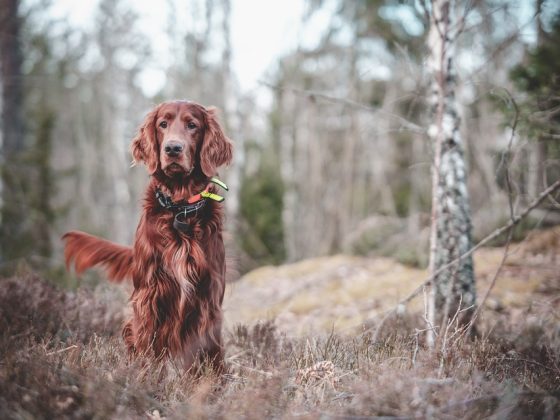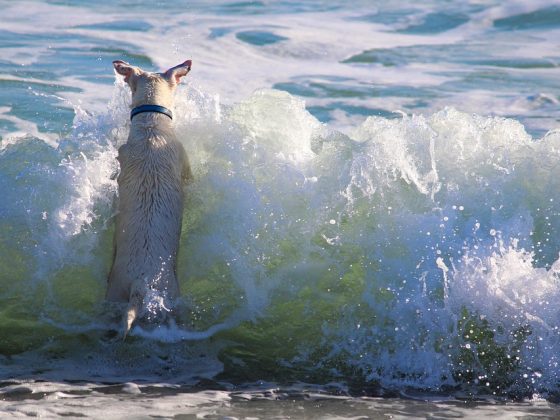end.
The Science of Training Your Furry Friend: A Guide to Positive Reinforcement
Training your furry friend can be a rewarding and enjoyable experience for both you and your pet. However, many pet owners struggle with finding the right training methods and techniques to effectively communicate with their animals. Luckily, the science of animal behavior and training has come a long way in recent years, offering pet owners a wealth of knowledge and resources to help train their furry friends.
One of the most effective and widely used training methods is positive reinforcement. This science-based approach to training focuses on rewarding your pet for desired behaviors, rather than punishing them for unwanted behaviors. Positive reinforcement works on the principle that animals will repeat behaviors that are followed by a reward, making it an effective way to teach your pet new behaviors and commands.
Here are some tips to help you use positive reinforcement to train your furry friend:
1. Use high-value rewards: When using positive reinforcement, it’s important to use rewards that are highly motivating for your pet. This could be a favorite treat, a play session, or even verbal praise. By using rewards that your pet finds highly rewarding, you increase the likelihood that they will repeat the desired behavior in the future.
2. Be consistent: Consistency is key when using positive reinforcement to train your pet. Make sure to reward your pet every time they exhibit the desired behavior, and be consistent in your timing and delivery of the reward. This will help your pet understand what behavior is being rewarded, making it easier for them to learn and repeat the behavior in the future.
3. Keep training sessions short and fun: Training should be a positive and enjoyable experience for both you and your pet. Keep training sessions short and fun, and always end on a positive note. This will help your pet stay engaged and motivated, making it easier for them to learn new behaviors and commands.
4. Use a clicker: Clicker training is a popular and effective method of positive reinforcement training that uses a small device called a clicker to mark desired behaviors. The clicker is paired with a reward, such as a treat, to help your pet associate the sound of the clicker with a reward. Clicker training can be a great way to communicate with your pet and teach them new behaviors.
5. Seek professional help if needed: If you’re struggling to train your pet using positive reinforcement, don’t be afraid to seek help from a professional trainer. A professional trainer can help you develop a training plan that is tailored to your pet’s needs and can provide guidance and support throughout the training process.
FAQs
Q: How long does it take to train a pet using positive reinforcement?
A: The time it takes to train a pet using positive reinforcement can vary depending on the individual pet and the behavior being trained. Some pets may learn new behaviors quickly, while others may take longer to master a new command. Consistency and patience are key when training your pet using positive reinforcement, so be prepared to invest time and effort into the training process.
Q: Can positive reinforcement be used to train any type of pet?
A: Positive reinforcement can be used to train a wide variety of animals, including dogs, cats, birds, and even exotic animals. The basic principles of positive reinforcement apply to all animals, making it a versatile and effective training method for pet owners of all kinds.
Q: Are there any potential drawbacks to using positive reinforcement?
A: While positive reinforcement is generally considered a safe and effective training method, it’s important to use it correctly to avoid potential drawbacks. For example, using rewards that are too high in value can lead to your pet becoming overly dependent on treats, making it harder to wean them off rewards in the future. Additionally, inconsistent or poorly timed rewards can cause confusion for your pet and hinder their learning progress.
In conclusion, positive reinforcement is a science-based and effective training method that can help you communicate with your furry friend and teach them new behaviors and commands. By following these tips and being consistent in your training efforts, you can help your pet learn and grow in a positive and rewarding way. If you find yourself struggling with training your pet, don’t hesitate to seek help from a professional trainer who can provide guidance and support throughout the training process.
